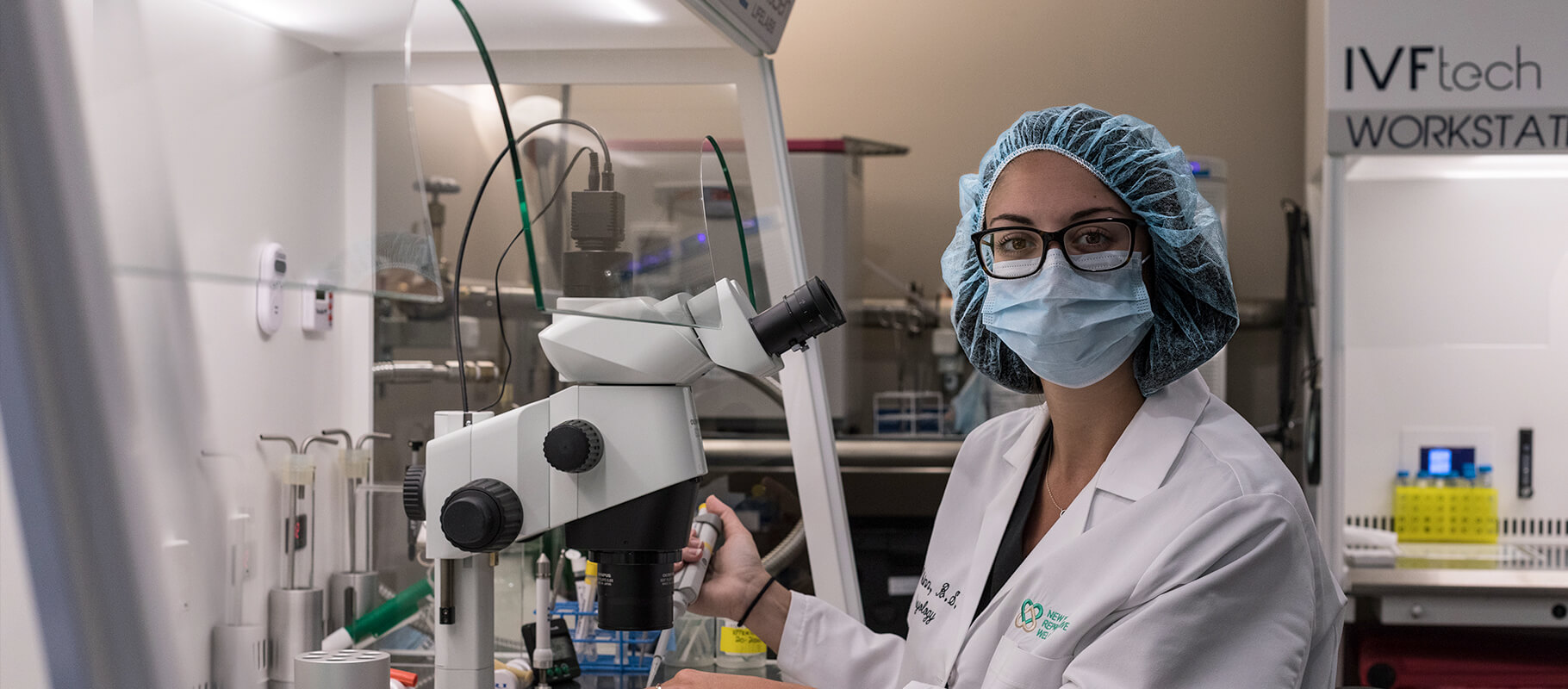Importance of Frozen Embryo Transfer
At NYRW, when it comes time to transfer the embryo back to the uterus during an IVF cycle our standard method is via frozen embryo transfer or FET. Over the last ten years, the field of reproductive endocrinology has discovered the benefits of frozen embryo transfer versus fresh embryo transfer.
In short, after an egg has been fertilized and the developing embryo reaches the blastocyst stage around day 5-6, it is quickly cryopreserved using a process call vitrification and stored safely in our laboratory. Once the patient’s hormone levels return to a more natural level and synchrony between embryo and uterus can be achieved, we will thaw and transfer the embryo to the patient.
Published data shows that FET’s can increase implantation rates and improve obstetrical outcomes such as reduced risk of miscarriage and preeclampsia. Additional data supports high birth weights with FET in conjunction with SET and PGT-A. Most patients wouldn't think it, but FET actually supports a more natural implantation process utilizing more normal and natural hormone levels.
A Frozen Embryo Transfer also allows for optimal timing and a more natural transfer experience since the embryo can be cryopreserved or “frozen” until the patient’s hormone levels return to a more natural, receptive state, usually on their next cycle.
Long Island IVF Success Rates
The Society for Assisted Reproductive Technology (SART) is a third-party organization of professionals dedicated to providing patients accurate success rates for fertility clinics across the US. Please visit sart.org for detailed reports on IVF success rates.
A comparison of clinic success rates may not be meaningful because patient medical characteristics, treatment approaches, and entrance criteria for ART may vary from clinic to clinic.








